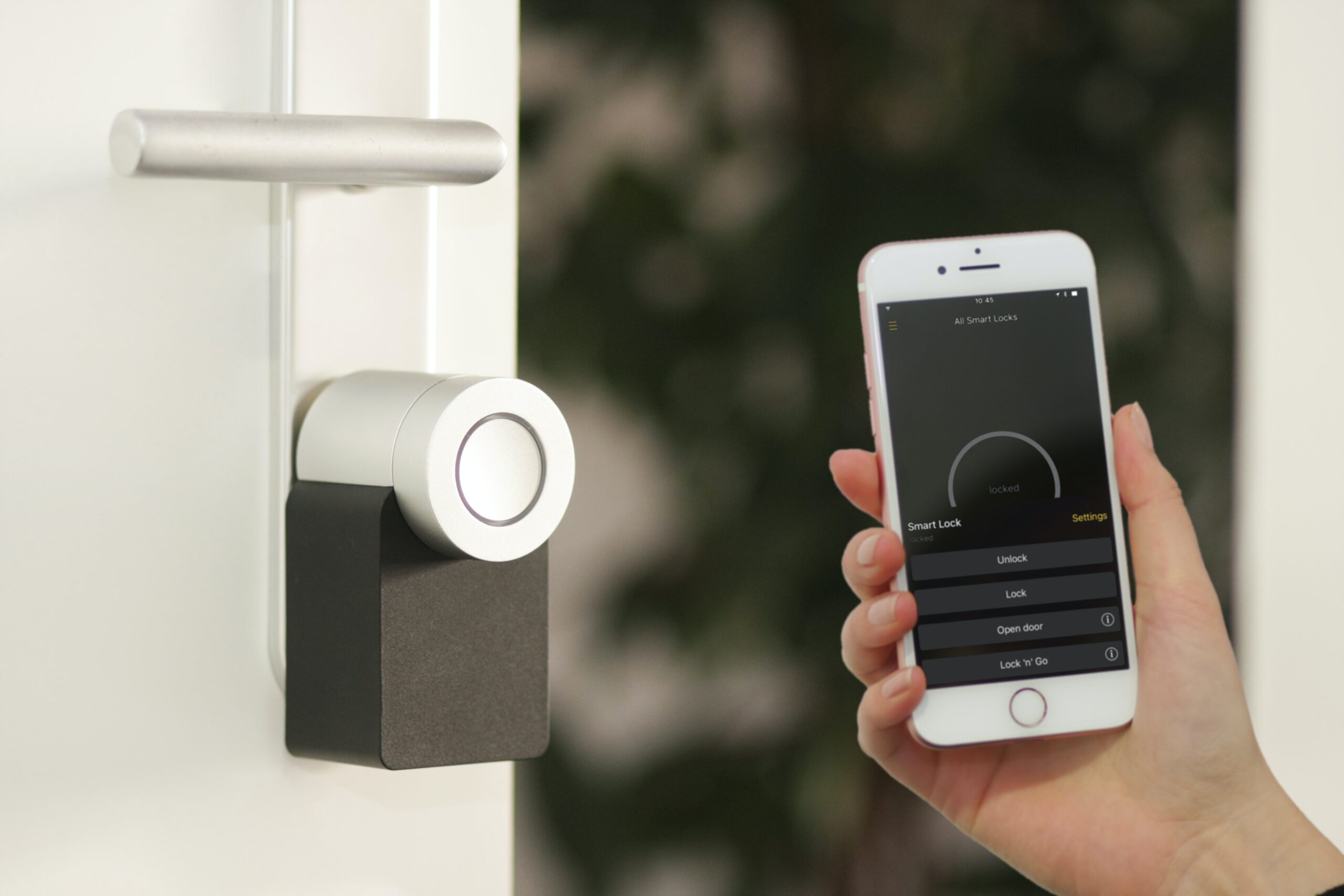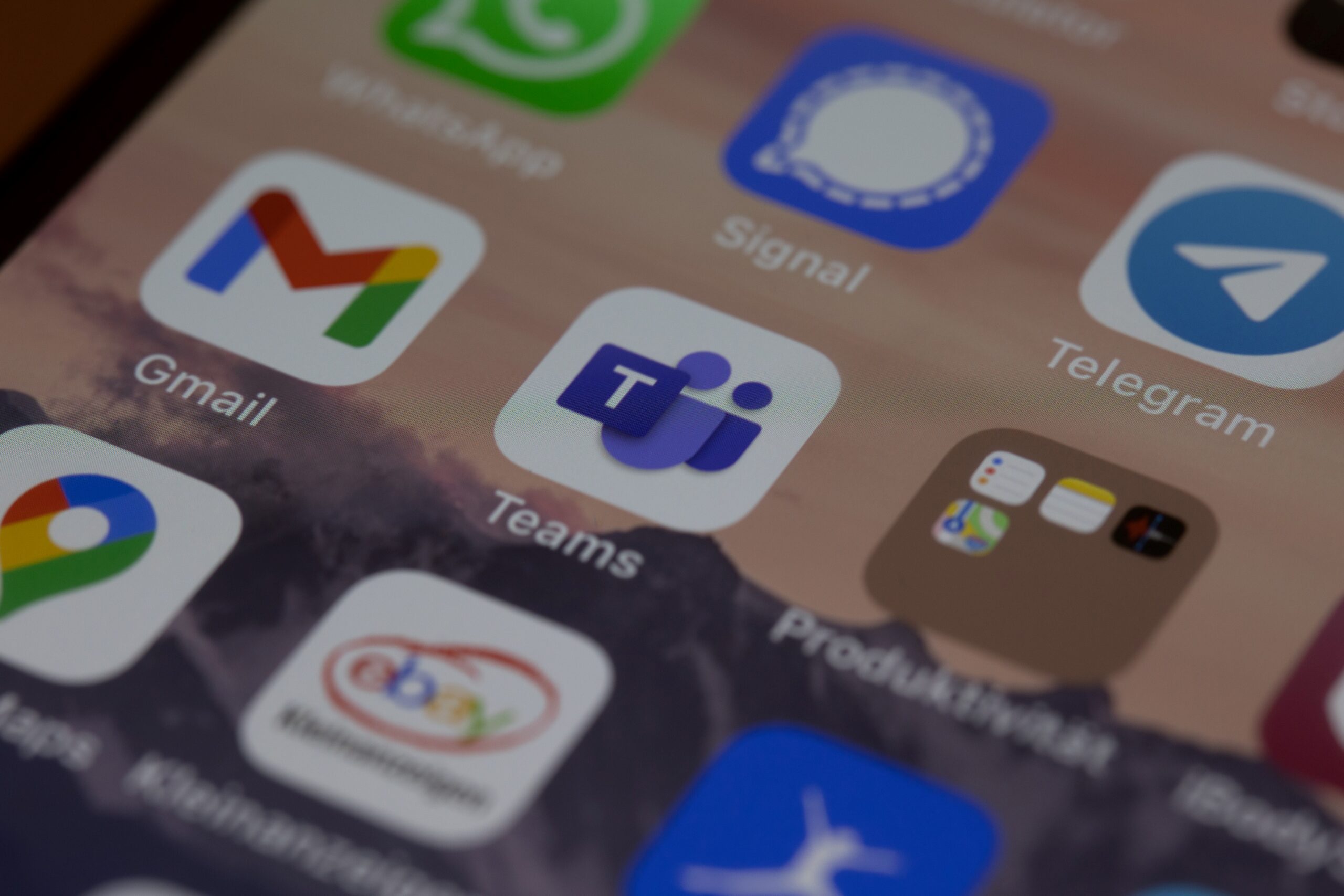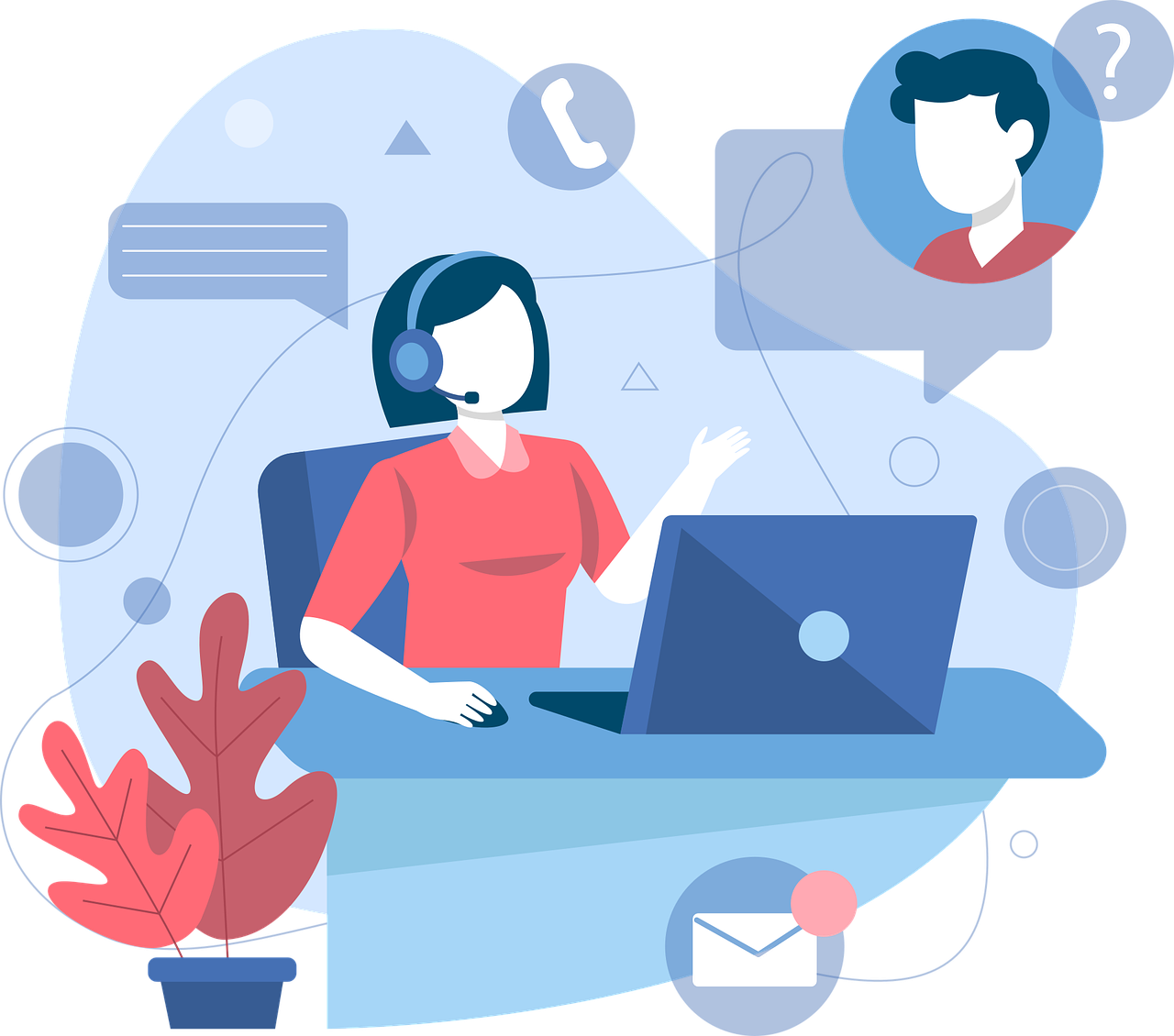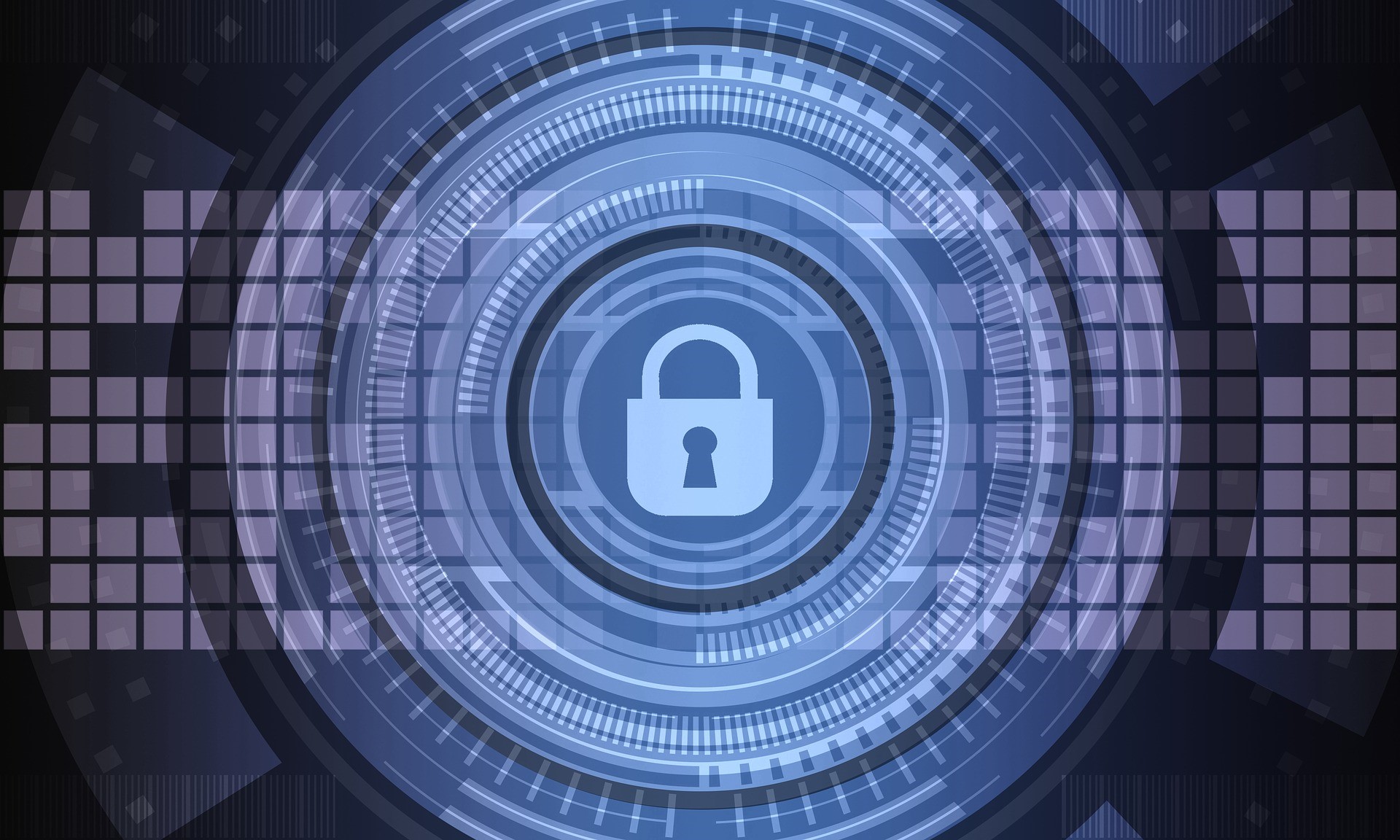
What Is App Fatigue & Why Is It a Security Issue?
The number of apps and web tools that employees use on a regular basis continues to increase. Most departments have about 40-60 different digital tools that they use. 71% of employees feel they use so many apps that it makes work more complex. Many of the apps that we use every day have various alerts. […]






